Cranfield’s CO+ Safety project examined the release of carbon monoxide (CO) during pyrolysis of charcoal and other solid fuels. The fuels were burned in a controlled environment, controlling variables to establish the safest possible way to burn and extinguish solid fuels used in home and leisure environments. These included boats, tents, caravans, domestic dwellings and specific working conditions.
The project sought to understand the fundamental principles of CO release from different fossil fuels, and to develop a number of solutions that could be implemented and which will improve the safety of fossil fuel burning.

Conclusions
Review the analysis and processing of solid fuels
It was observed that direct catalytic oxidations of post-combustion pollutants are highly efficient and can achieve up to 100% CO conversion at ambient temperatures. They can be used in conjunction with other systems like cooking and heating. There are various combinations of catalysts available commercially and many more to be synthesised in the future. Their success is attributed to their high affinity for oxygen and toxic pollutants onto their surfaces.
However, they are usually poisoned by moisture, SO2, CO2 and high temperatures > 600 oC. They are also affected by PH: low values reduce their active sites, leading to reduced adsorption capabilities for CO and O2. Effective systems also require high catalyst loading, specific preparation methods, and material properties.
Failure to achieve the stringent requirements means that the prepared catalyst system will not perform to expectations. Altering the composition of the solid fuels by impregnation of chemical catalysts was used to trigger desired reactions and achieve target products. Using such an approach (while applying better chemical catalysts) on solid fuels used for cooking and heating systems would mean that the solid fuel would release minimal amounts of CO.
Hence, the amounts of CO released would be rendered non lethal acutely. This coupled with other technologies, like well-designed cookstoves, improved boilers, and sensors/detectors would ensure a safer environment for solid fuel users.
Understand the principles of biomass pyrolysis
There are several materials which could be used for energy generation, yet their potential has not yet been evaluated. One example was used to demonstrate this: Ash (Fraxinus) sawdust biomass materials were studied in detail by TGA/DSC to determine kinetic and thermodynamic parameters (in pyrolysis reactions), which are used to determine the energy potential of biomass materials.
In this work the Friedman and Starink methods were used for kinetic analysis because these methods are more accurate than similar methods. From the results, the Ea values were 180 – 350 kJ/mol. Pyrolysis reactions involved several mechanisms, including diffusion, geometrical contraction, reaction-order models and/or nucleation
The pre-exponential factors were between 1012 and 1019 s-1. The change in entropy values remained negative up to a = 0.75, but became positive at higher conversions, implying greater disorder among the final products compared to the reactants. The calorific value of the ash wood sawdust was 18.3 MJ/kg which is comparable to other sources of biomass used for energy generation. The knowledge and skills obtained from the pyrolysis of milligram-sized samples of ash were scaled up and customised to prepare laboratory charcoal samples for subsequent experiments
Investigate the combustion and surface chemistry of charcoal
Laboratory scale charcoal samples were prepared from five different tree species by pyrolysis. Lilac charcoal was chosen to represent the other biomass materials for in-depth analysis. Lilac was highly reactive, igniting at low temperatures of 250 – 290 °C. The high reactivity was shown to be due to the presence of oxygenated or aliphatic functional groups, the presence of active sites, the H/C ratio, the presence of free radicals, and the bonding between each unit.
The high reactivity could also be due to the presence of many exposed carbon atoms on the surface and between the pores, which are susceptible to oxidation.
Carbonisation of lilac wood formed charcoal with free radicals on its surface, including •C-C and C-O• as identified with ESR. Oxidation of lilac char with pressurised air formed persistent peroxyl radicals (-O-O•). The free radicals with oxygen heteroatoms are believed to be the source of CO during combustion.
The pyrolysis of lilac charcoal in N2 removed the free radicals. The same effect was observed when the charcoal was acid washed using 1 M hydrochloric acid. This was due to the removal of oxygen functional groups and rearrangement of the free radicals to form non-radical groups.
Investigate the parameters responsible for the release of CO
Sawdust and charcoal both emit high amounts of CO during incomplete combustion. However, charcoal emitted almost twice as much CO as sawdust. The CO emissions were influenced by temperature and airflow.
In a confined environment, the amounts of CO emissions recorded in the ISO container increased with decrease in airflow within the container. Higher amounts of CO were recorded at the upper parts of the container compared to the lower parts.
Investigate the effect of impregnating charcoal with catalysts on the emissions released during combustion.
Charcoal dust was impregnated with Pd-Sn/alumina and Cu-Mn/graphite. This led to the reduction in the amounts of CO released when the catalyst treated sampled were heated isothermally in a tube furnace. In this case, addition of only 1 wt% Pd-Sn/alumina to charcoal dust led to the reduction of CO to as low as 3.5 % of the total.
Additionally, increasing the amount of catalyst impregnated onto the charcoal increased the number of active sites for the adsorption of CO and O2 and therefore achieved more efficient CO oxidation [24]. However, CO oxidation activity of the catalysts decreased at higher temperatures due to the formation of less active phases.
Catalyst treated, and untreated charcoal briquettes were prepared, compare to commercial charcoal and coal for emission of CO, NOx, CH4 and CO/CO2. Catalyst treated samples exhibited a higher combustion efficiency, by up to 20 %, compared to other samples. The CO/CO2 was reduced by up to 7-fold while the temperature for the emission of NOx was reduced though the amounts emitted were not impacted upon.
Our research partners

University of Leeds
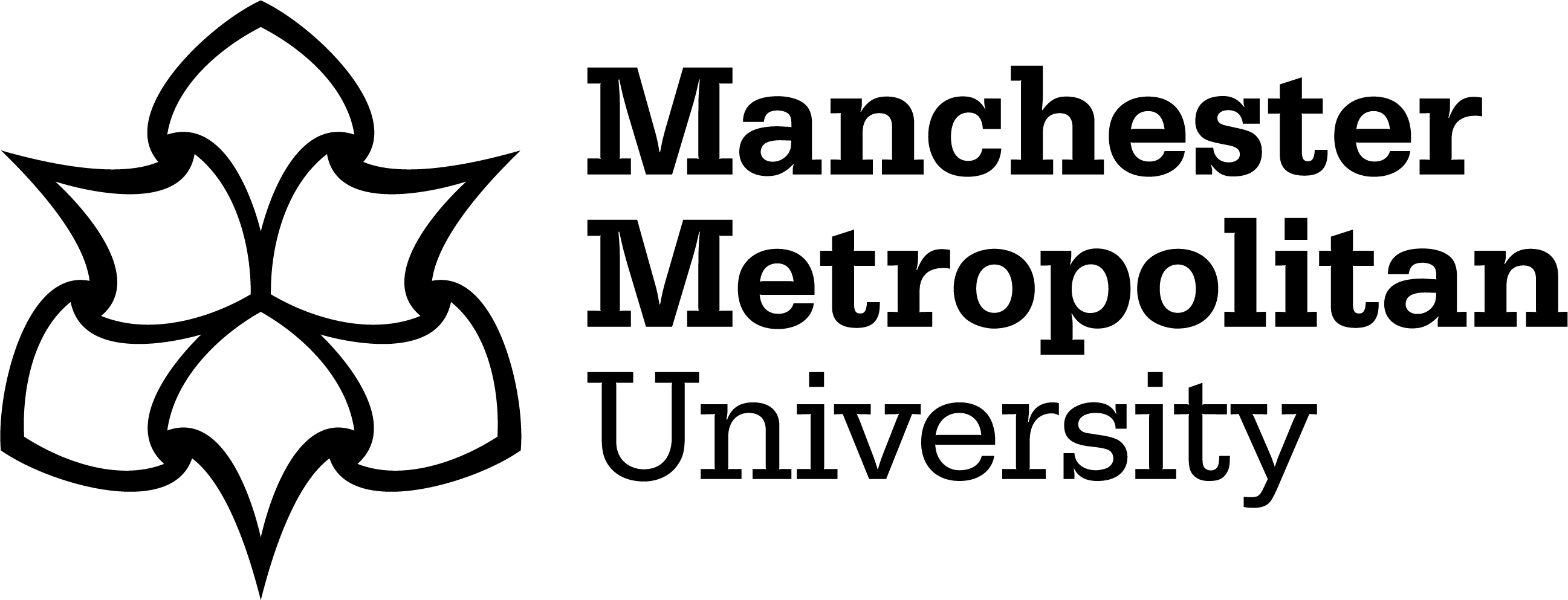
Manchester Metropolitan University

University of Hertfordshire

University College London

St George's University Hospitals

Sheffield Hallam University
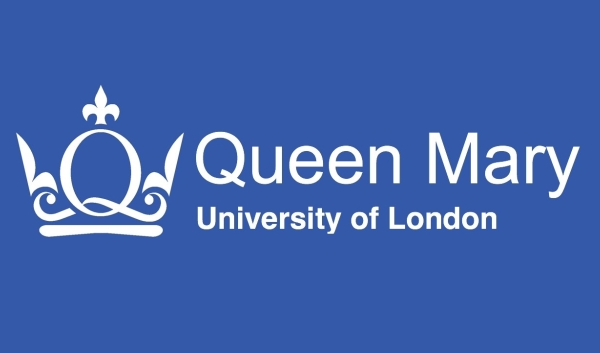
Queen Mary University of London

Public Health England

NPIS

Newcastle University

NEA
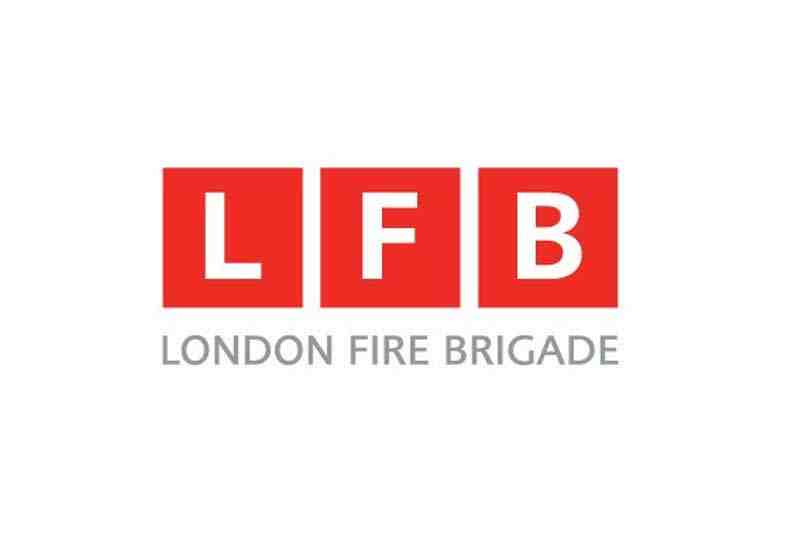
London Fire Brigade

Université de Lausanne

Imperial College London

Liverpool John Moore University

Lancaster University

Improving Practice in Performance
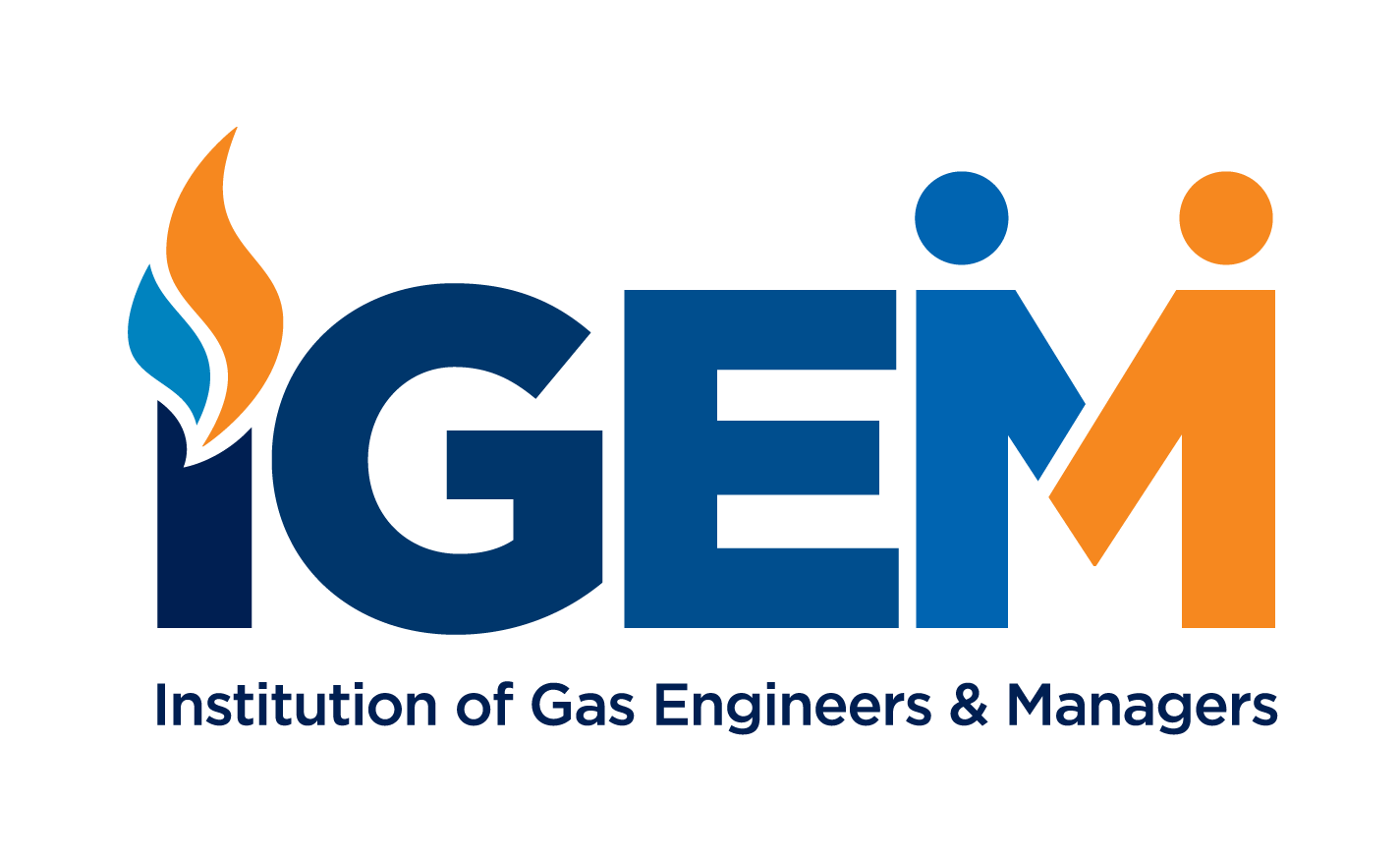
IGEM

East of England Ambulance Service

Cranfield University
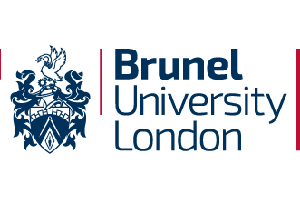
Brunel University London

Aintree University Hospital

Frimley Health

University of Surrey

